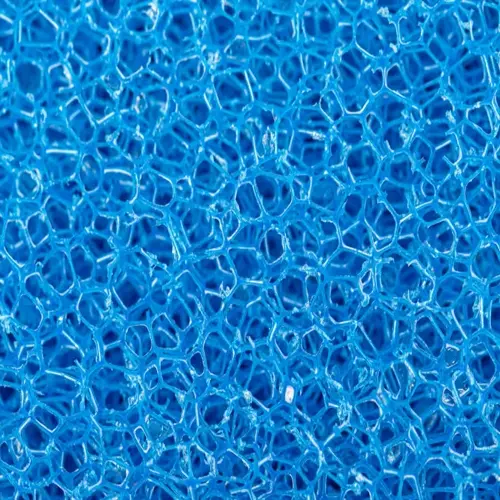Can rapid parameter adjustments harm aquatic life?

Written by
Kailani Okoro
Reviewed by
Prof. Henry Webster, Ph.D.Sudden parameter changes constitute a serious threat to aquarium inhabitants. Rapid changes in pH, temperature, and salinity induce physiological stresses that break osmoregulation. Fish undergo osmotic shock, which destroys their gill tissues. Corals throw off their zooxanthellae as these shifts occur. Neither of these biological functions should be subject to disruption. The correction should be made in such a manner that the biological relationship remains undisturbed.
Take care to always respect strict daily change limits to avoid damage. The change in pH is not greater than 0.2 units per day. The daily temperature change is no greater than 2°F (1°C). The change in salinity is no greater than 0.001 specific gravity units, and it was when I deviated from these limits that my angelfish died.
Osmotic shock occurs when fish are unable to regulate their internal fluids in response to changes in external variables. Rapid changes in pH alter the blood chemistry. Rapid temperature changes reduce the immune responses. Rapid changes in salinity produce dehydration in the saltwater fish. All of these stresses cause secondary infections and deaths.
Gradual Correction Methods
- Use drip acclimation over 3 hours for salinity changes
- Adjust pH with crushed coral over 48 hours
- Modify temperature 1°F per 12 hours
- Dose supplements in divided portions
Emergency Response
- 25% water change for ammonia spikes
- Add aeration during temperature adjustments
- Isolate affected fish immediately
- Have activated carbon ready for chemical overdoses
Monitoring Protocol
- Test every 4 hours during adjustments
- Observe fish breathing patterns closely
- Check coral polyp extension hourly
- Record all parameter changes in log
The natural buffer method is preferred over chemical treatments; driftwood will gradually lower the pH over several days. Crushed coral will gradually raise alkalinity over several days. I stabilize my cichlid tank with limestone instead of chemical buffers. Natural methods are more effective at avoiding sudden crashes than additives.
Biological filters undergo a transition period. Beneficial bacteria actually die off when the pH level swings by more than 0.4 units. Nitrifying bacteria populations crash if a salinity change is over 0.003 SG. This leads to increased secondary ammonia spikes, adding to the problems.
Implement habitually preventive actions to minimize the need for major corrective actions. Test water weekly to identify potential imbalances as early as practical. Change water regularly and partially. Feed regularly and consistently. My tanks thrive with these practices - our emergencies are drastically reduced.
Read the full article: Understanding Aquarium Water Parameters

